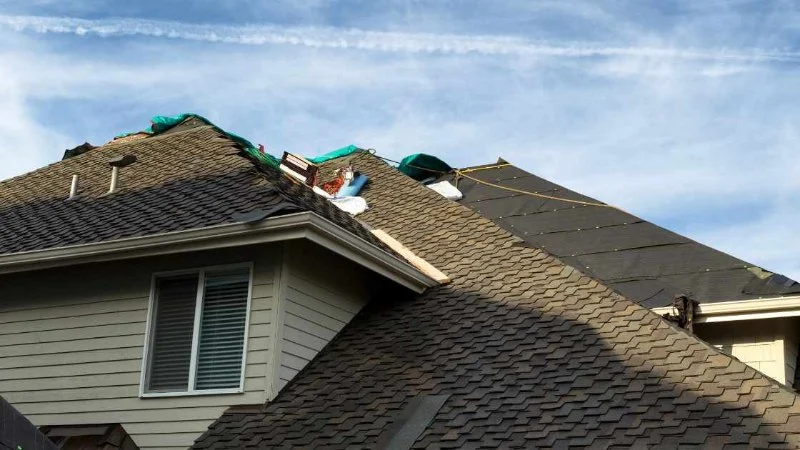
- 1 - Importance of Roof Inspection After Buying a New Home
- 2 - Common Roof Issues to Look For
- 3 - How to Inspect Your Roof After Purchasing a New Home
- 4 - Roof Materials and Their Longevity
- 5 - How to Maintain Your Roof in the Long Term
- 6 - When to Call Professional Roofing Services
1 - Importance of Roof Inspection After Buying a New Home
When buying a new home, there’s often a lot of excitement about your new property, but it’s also critical to conduct a thorough inspection of the roof. A roof is one of the most important elements of your home—it protects you from the elements and contributes to the overall structural integrity of your property. Ignoring potential roof issues could result in costly repairs or replacements down the line. A roof inspection will help you identify any existing issues or potential risks, ensuring your new investment remains secure and comfortable.
In many cases, the previous homeowner may have made temporary fixes or overlooked certain aspects of roof maintenance. By inspecting your roof early, you can ensure it is in good shape and address any necessary repairs before they worsen, especially after you’ve finalized the purchase of your new home.
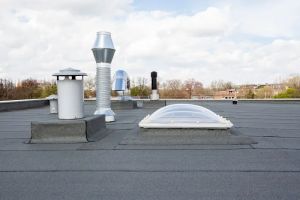
Flat Roofs Toronto / flat roof repair toronto
1420 Dupont St, Toronto, ON M6H 0C2, Canada
2 - Common Roof Issues to Look For
Once you’ve decided to inspect your roof, there are several common issues you should look for that can indicate potential problems. These include:
- Missing or Damaged Shingles: Shingles that are cracked, curling, or missing entirely can lead to leaks. This is one of the most common signs of roof damage and needs immediate attention to prevent water damage.
- Granule Loss: Over time, the granules on asphalt shingles can wear off, leading to reduced protection from UV rays and rain. If you notice a significant amount of granules in your gutters, it could signal that your shingles are near the end of their lifespan.
- Damaged Flashing: Flashing is used around areas like chimneys, vents, and skylights to prevent water from seeping in. Damaged or loose flashing can allow water to penetrate, leading to leaks inside the home.
- Clogged Gutters: If your gutters are clogged with debris, they can’t efficiently direct water away from your home. This can lead to water pooling on your roof, which can cause rot or other water damage. Clean gutters are essential for maintaining a healthy roof.
- Moss and Algae Growth: Moss or algae growth on the roof can trap moisture, leading to deterioration of shingles or tiles. In areas with high humidity, moss can be a persistent issue that needs to be addressed.
By identifying these issues early on, you can prevent further damage and ensure your roof continues to perform its job effectively for years to come.
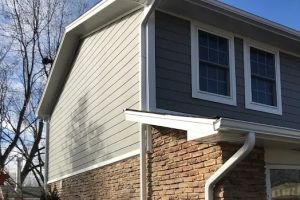
D'Angelo and Sons | Eavestrough Repair & Roofing Burlington / eavestrough burlington ontario
BurlingtonRegional Municipality of HaltonOntario
460 Brant St unit #300, Burlington, ON L7R 4B6, Canada
3 - How to Inspect Your Roof After Purchasing a New Home
Inspecting your roof doesn’t have to be a daunting task, but it does require a bit of attention to detail. Here’s how you can thoroughly inspect your roof after buying your new home:
- Inspect from the Ground: Start by walking around the perimeter of your home and observing the roof from the ground. Look for visible signs of damage, such as missing shingles, sagging areas, or debris buildup.
- Use Binoculars for a Closer Look: For a closer inspection, use binoculars to get a detailed view of the roof. Look for signs of wear and tear, missing granules, and any areas where water might collect.
- Check the Attic: A quick look in the attic can reveal issues like water stains or mold, which might be signs of leaks in the roof. Check the insulation and framing for signs of moisture damage.
- Check for Proper Ventilation: Make sure the attic is properly ventilated. Poor ventilation can lead to moisture buildup, causing mold and wood rot. Ensure that vents are clear and functioning properly.
- Use a Ladder for a Closer Inspection: If you’re comfortable doing so, use a ladder to safely access the roof and examine it closely. Look for damaged shingles, moss, and any areas that show wear or need repair.
If you’re unsure about any part of the inspection process or notice any significant issues, it may be time to call in a professional roofer for a more detailed evaluation.
4 - Roof Materials and Their Longevity
Different types of roofing materials have varying lifespans and maintenance needs. Understanding the material used on your new home’s roof can help you determine when it may need repairs or replacement. Here’s a quick breakdown of common roof materials and their expected lifespan:
- Asphalt Shingles: Asphalt shingles are among the most common roofing materials, and they typically last 20-30 years. They require regular maintenance to prevent moss growth and ensure their longevity.
- Wood Shingles or Shakes: Wood shingles and shakes offer a natural, rustic appearance but require more maintenance than asphalt. They last around 30-50 years, depending on climate conditions and maintenance.
- Metal Roofing: Metal roofs are durable and long-lasting, often reaching 50+ years with minimal maintenance. They are resistant to wind and fire and can be a great option for extreme climates.
- Tile Roofing: Tile roofs, commonly made from clay or concrete, are known for their longevity and can last 50 years or more. They are especially popular in warmer climates but may be prone to cracking in colder areas.
- Slate Roofing: Slate is one of the longest-lasting materials, with lifespans of 75-100 years. However, it’s more expensive and can be prone to breaking under heavy impacts.
Understanding the material your roof is made of will help you determine when maintenance or replacement might be necessary, allowing you to plan for the future.
5 - How to Maintain Your Roof in the Long Term
Maintaining your roof is essential to preserving its integrity and preventing costly repairs. Here are some tips for long-term roof maintenance:
- Clean Gutters Regularly: Keep your gutters clean and free of debris to ensure proper water drainage. Clogged gutters can cause water to back up onto the roof, leading to damage.
- Inspect Roof Annually: Regularly inspect your roof for signs of wear and tear. Annual inspections will help you catch small issues before they become major problems.
- Trim Overhanging Branches: Overhanging branches can scratch the roof or allow leaves and debris to accumulate. Trim any branches that pose a risk to your roof.
- Address Leaks Quickly: If you notice any leaks, address them immediately. Water damage can lead to mold, mildew, and wood rot, so it’s important to act quickly to prevent further damage.
By staying on top of roof maintenance, you can extend its lifespan and avoid costly repairs down the road.
6 - When to Call Professional Roofing Services
While regular inspections and maintenance can help keep your roof in good condition, there are times when you’ll need to call in a professional roofer. Here are some situations where professional help is needed:
- Extensive Damage: If you notice extensive damage, such as large areas of missing shingles or significant leaks, it’s time to call a professional for repairs or replacement.
- Structural Issues: If your roof appears to be sagging or has other structural issues, it’s crucial to have a professional inspect it to determine the extent of the damage and make repairs.
- When It’s Time for a Full Replacement: If your roof is nearing the end of its lifespan and shows signs of significant wear, a professional roofing company can help assess whether it needs to be replaced entirely.
For expert roofing services in Canada, visit Pickering Roofing for quality repairs, maintenance, and roof replacements. We provide professional inspections and reliable service to keep your roof in top shape.

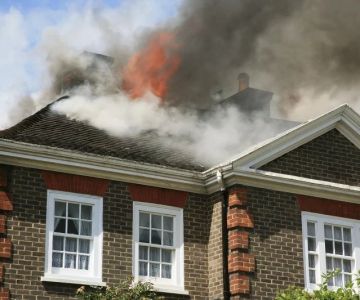
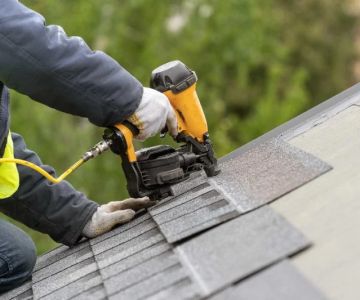
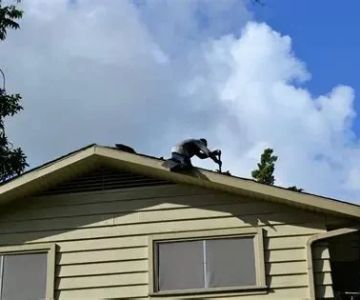
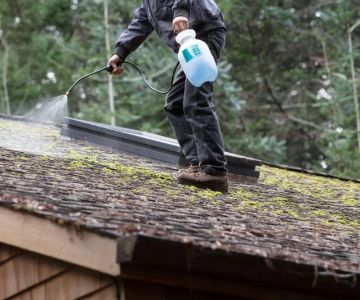
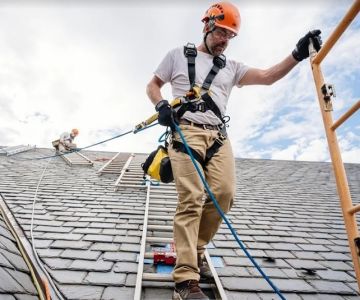
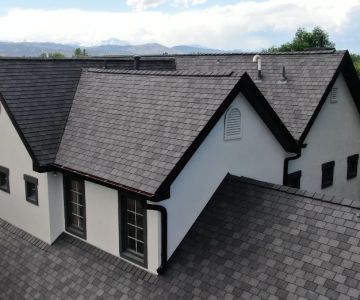
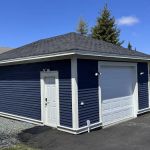 Primo Roofing4.0 (9 reviews)
Primo Roofing4.0 (9 reviews)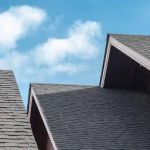 Above It All Roofing Inc5.0 (34 reviews)
Above It All Roofing Inc5.0 (34 reviews)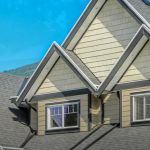 Kitchener Affordable Roofing3.0 (3 reviews)
Kitchener Affordable Roofing3.0 (3 reviews)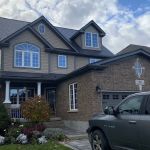 Aqwa Building Solutions4.0 (19 reviews)
Aqwa Building Solutions4.0 (19 reviews)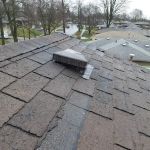 Living My Dream Roofing4.0 (21 reviews)
Living My Dream Roofing4.0 (21 reviews) ARF EXTERIOR CONSTRUCTION INC.0.0 (0 reviews)
ARF EXTERIOR CONSTRUCTION INC.0.0 (0 reviews)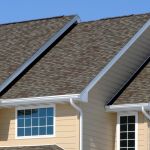 How Much Does a New Roof Cost in 2025? Canadian Roofing Price Guide
How Much Does a New Roof Cost in 2025? Canadian Roofing Price Guide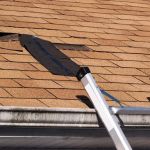 Top Signs Your Roof Has a Leak and What to Do About It in Canada
Top Signs Your Roof Has a Leak and What to Do About It in Canada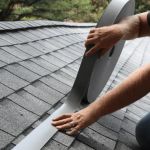 Can You Install a New Roof Over an Old One in Canada?
Can You Install a New Roof Over an Old One in Canada? The Top Questions to Ask Before Hiring a Roofer in Canada
The Top Questions to Ask Before Hiring a Roofer in Canada What Are the Most Common Roofing Scams and How to Avoid Them in Canada
What Are the Most Common Roofing Scams and How to Avoid Them in Canada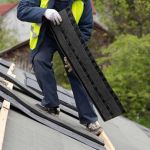 How to Prepare Your Home for a Roofing Project in Canada
How to Prepare Your Home for a Roofing Project in Canada